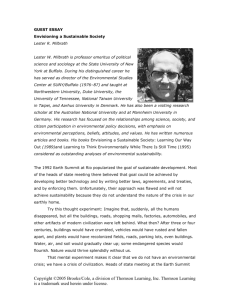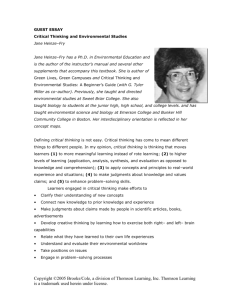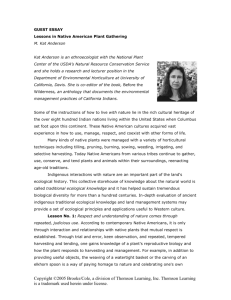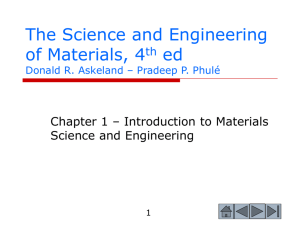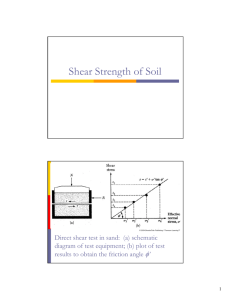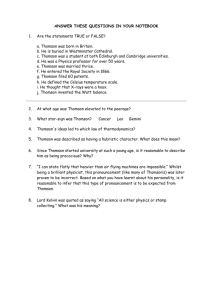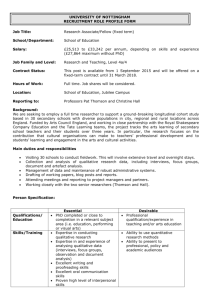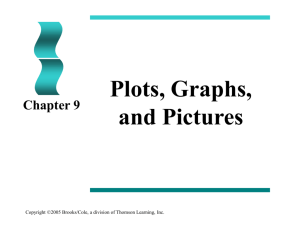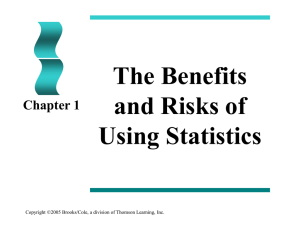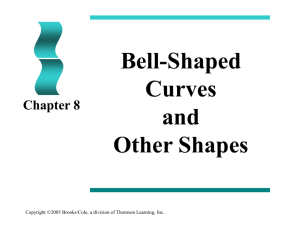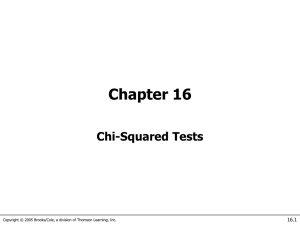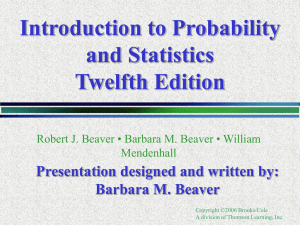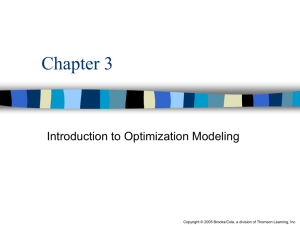Living Lightly on the Land at Round Mountain
advertisement
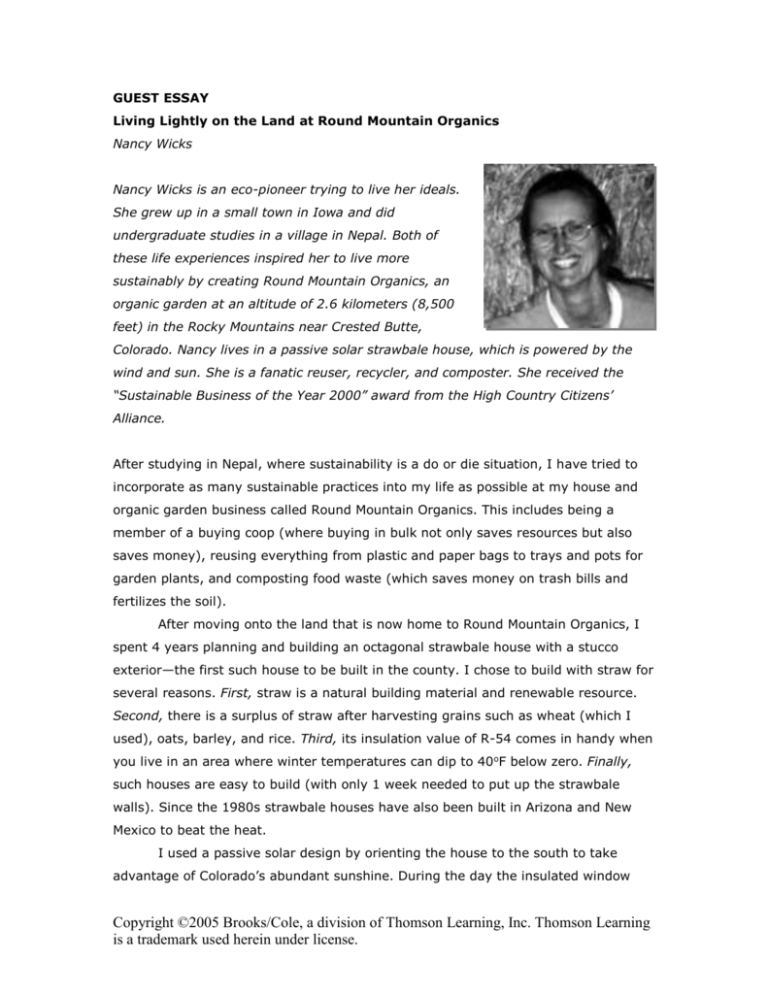
GUEST ESSAY Living Lightly on the Land at Round Mountain Organics Nancy Wicks Nancy Wicks is an eco-pioneer trying to live her ideals. She grew up in a small town in Iowa and did undergraduate studies in a village in Nepal. Both of these life experiences inspired her to live more sustainably by creating Round Mountain Organics, an organic garden at an altitude of 2.6 kilometers (8,500 feet) in the Rocky Mountains near Crested Butte, Colorado. Nancy lives in a passive solar strawbale house, which is powered by the wind and sun. She is a fanatic reuser, recycler, and composter. She received the “Sustainable Business of the Year 2000” award from the High Country Citizens’ Alliance. After studying in Nepal, where sustainability is a do or die situation, I have tried to incorporate as many sustainable practices into my life as possible at my house and organic garden business called Round Mountain Organics. This includes being a member of a buying coop (where buying in bulk not only saves resources but also saves money), reusing everything from plastic and paper bags to trays and pots for garden plants, and composting food waste (which saves money on trash bills and fertilizes the soil). After moving onto the land that is now home to Round Mountain Organics, I spent 4 years planning and building an octagonal strawbale house with a stucco exterior—the first such house to be built in the county. I chose to build with straw for several reasons. First, straw is a natural building material and renewable resource. Second, there is a surplus of straw after harvesting grains such as wheat (which I used), oats, barley, and rice. Third, its insulation value of R-54 comes in handy when you live in an area where winter temperatures can dip to 40oF below zero. Finally, such houses are easy to build (with only 1 week needed to put up the strawbale walls). Since the 1980s strawbale houses have also been built in Arizona and New Mexico to beat the heat. I used a passive solar design by orienting the house to the south to take advantage of Colorado’s abundant sunshine. During the day the insulated window Copyright ©2005 Brooks/Cole, a division of Thomson Learning, Inc. Thomson Learning is a trademark used herein under license. covers are drawn up and the sun shines onto flagstone tiles covering a cement slab that stores and releases heat slowly to keep the house comfortably warm or cool regardless of outside conditions. At night the window covers are let down to hold the heat in. Because I live in one of the world’s sunniest places, I decided not to get hooked up to the electrical grid and instead get my electricity from a small wind turbine and panels of solar cells. The electricity is stored in a bank of 12 batteries and an inverter converts the stored direct current (DC) electricity to ordinary 120volt alternating current (AC). If it’s cloudy and not windy for a couple of days (which is rare), I fire up a small gas generator to charge the batteries. I also use some propane to provide hot water with a small on-demand water heater. Only a small pilot light stays lit until the hot water faucet is turned on. Then a large flame is ignited that the water is piped through. This way, I do not use energy to keep a tank of water hot around the clock. I use many energy-saving devices. They include compact fluorescent light bulbs, an oversized pressure tank so the well pump does not have to kick on every time the faucet turns on, and a superinsulated energy-efficient DC refrigerator. I use organic gardening to grow flowers, herbs, and vegetables for my own use and for sale to local residents and restaurants. I incorporate some pioneering organic gardening techniques such as Rudolph Steiner’s biodynamics (developed in 1924) and Bill Mollison’s permaculture (developed in 1978). Insect pests are picked off by hand and beneficial insects such as ladybugs are used to eat harmful insects such as aphids. Compost, aged animal manure, and cover crops that are plowed in as green manure are used to add nutrients to the soil. Crop rotation is used so as not to deplete the soil of nutrients. Cold frames (a type of mini-greenhouse) are used to extend the growing season to 150 days in the cold climate where there are only about 90 days without a killing frost. I also built a passively heated strawbale greenhouse to extend the short growing season further and raise heat-loving plants such as tomatoes, cucumbers, and zucchinis. The chicken coop is in the northeast corner of the greenhouse, with the heat given off by the chickens helping to warm the greenhouse. In 2002, I started a nonprofit, Round Mountain Institute, Inc., to educate people on how they can live in harmony with the earth. Copyright ©2005 Brooks/Cole, a division of Thomson Learning, Inc. Thomson Learning is a trademark used herein under license. Critical Thinking Would you like to live a lifestyle similar to that of Nancy Wicks? Explain. Why do you think more people do not try to live more sustainably, as she does? Copyright ©2005 Brooks/Cole, a division of Thomson Learning, Inc. Thomson Learning is a trademark used herein under license.

